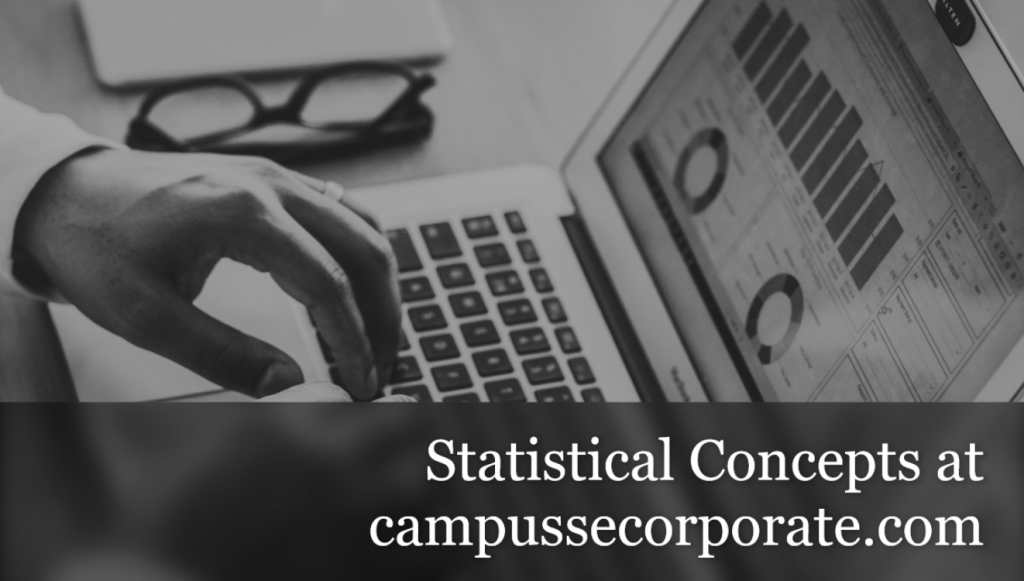How would you explain Supervised Learning to someone with no background in Statistics/ML?
by Monisha Swami

Chintu and Chutki share a great liking for chocolates. So every now and then the two of them visit a nearby chocolate vending machine. The machine accepts 1, 2, 5, and 10 rupee coins and vends the chocolates accordingly. Being the curious kids that the two of them are they approach their teacher to understand the concept of the vending machine.
The teacher explains –
Every coin comes with the following variable information – shape, size, color, weight, design, and face value. The vending machine works on a model that uses the information of variables like – shape, size, color, weight, and design to predict the face value of a coin i.e. 1, 2, 5, or 10.
The variable which we want our model to predict is called the target variable. Here face value of a coin is our Target variable.
The variables which help the model to predict the target variable are called Features. Here the features are shape, size, color, weight, and design.
Every time Chintu inserts a coin in the vending machine, the coin provides the feature information to the model and the model predicts the face value of the coin. But how did the model learn to predict the face value?
To teach the model how to predict, the model is provided with training data. In training data, the columns consist of features and corresponding target variable and each row represents an observation (coin). This training helps the model to learn patterns in features and the relation between features and target variables. And the model applies these learnings during predictions.
The teacher tells Chintu and Chutki that the vending machine model is analogous to a supervised machine learning model. In supervised machine learning the aim of the model is to predict the target variable. The model is trained using training data which is labeled ( i.e. the possible values of the target variable are known and present in the training data as one of the columns)
Categories of Supervised Learning Algorithms:
- Classification – When the target variable represents a category. The model so formed to predict the category of the target variable is called the classification model. For example –
- A model to predict if a cell is malignant. The Target variable will be ( Yes, No)
- A model to predict which subscription a customer will buy? The target variable will be ( monthly, half-yearly, yearly)
- Regression – The model in which the target variable represents a continuous variable. For example –
- To estimate the average lifetime (in years) of cars.
- A model to predict the price of the stock
- A model to predict the height of a tree after 5 years.
For any query, suggestion or feedback, please reach out to us on LinkedIn. You can find some of the resources that helped us here.
If you can contribute by talking about your interview experience, it will definitely create an impact. Please fill this form to help students get a perspective about the interview structure and questions.
You can read other articles here.
Cheers and Best!